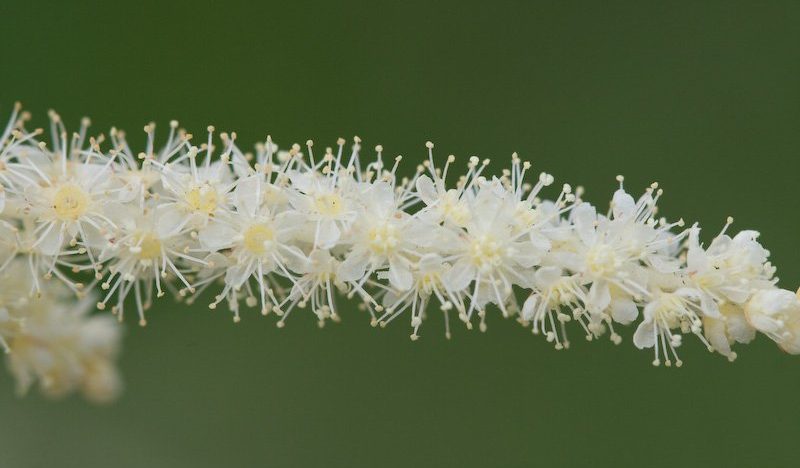
Aruncus is a genus of clump forming herbaceous perennial plants in the family Rosaceae. Botanical opinion of the number of species differs, with from one to four species accepted. They are closely related to the genera Filipendula and Spiraea, and are native to mountainous damp woodland in temperate regions of the Northern Hemisphere. Creamy white plumes of flowers are produced above veined and toothed leaflets.
Aruncus dioicus (goatsbeard) occurs throughout the cooler parts of Europe, Asia and North America. In the broad sense, this is the only species in the genus, with the species below treated as synonyms or varieties of it by some botanists.
Medical uses of Goatsbeard
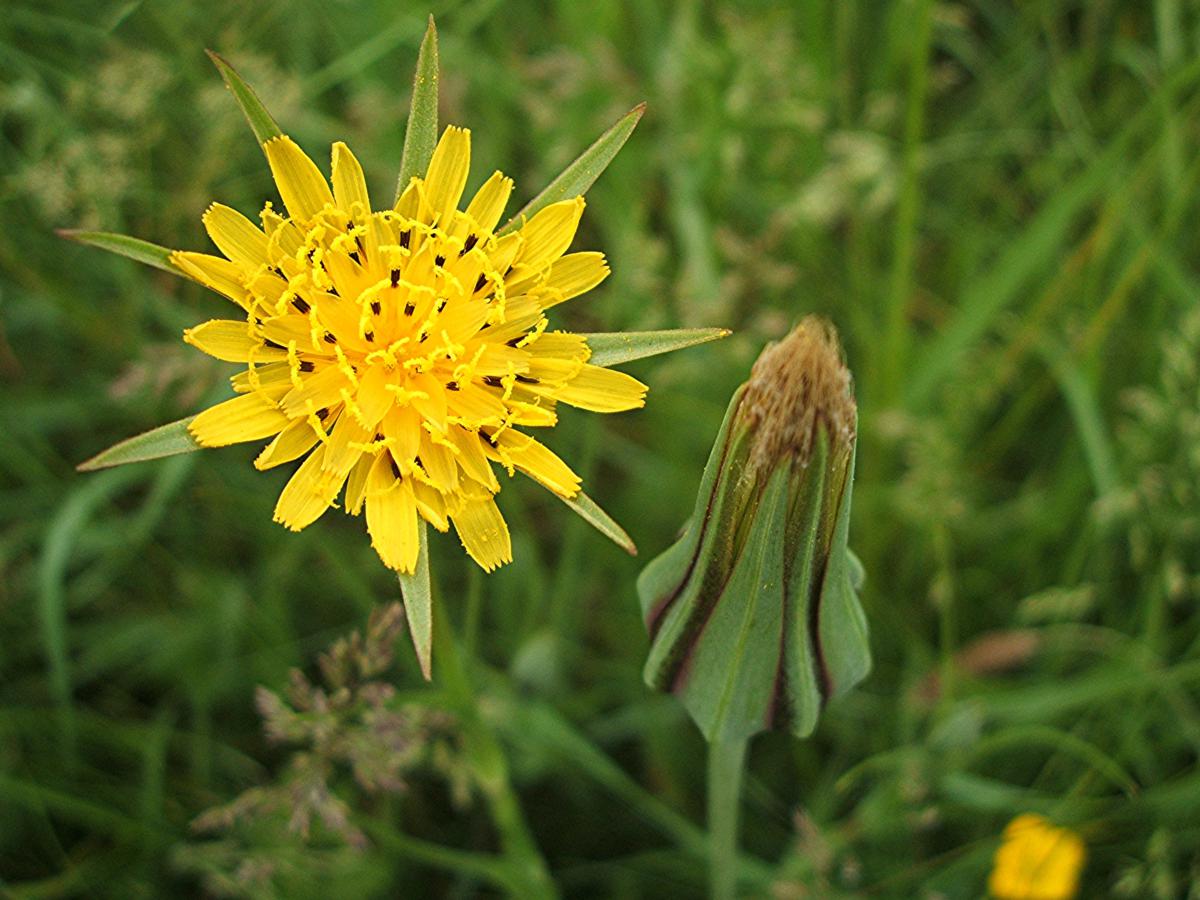
A poultice from the root is applied to bee stings. A tea made from the roots is used to allay bleeding after child birth, to reduce profuse urination and to treat stomach pains, diarrhea, gonorrhea, fevers and internal bleeding. Use the root tea externally to bathe swollen feet and rheumatic joints. A salve made from the root ashes can be rubbed onto sores.
Tragopogon, also known as salsify or goatsbeard, is a genus of flowering plants in the sunflower family Asteraceae that has over 140 species, including the vegetable known as salsify, as well as a number of common wild flowers, some of which are usually regarded as weeds.
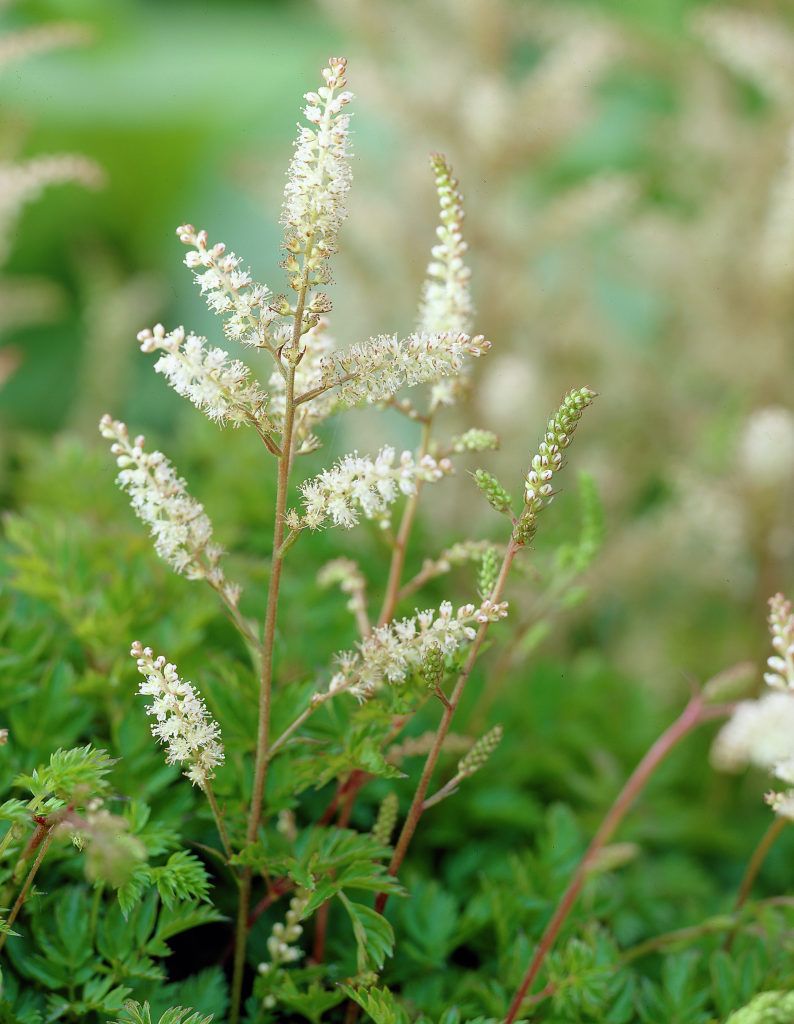
Salsifies are forbs growing as biennial or perennial plants. They have a strong taproot and milky sap. They generally have few branches, and those there are tend to be upright. Their leaves are somewhat grass-like. Flower colour varies within the genus, with some yellow species, and some bronze or purple. Seeds are borne in a globe like that of a dandelion but larger, and are dispersed by the wind.
The salsifies are natives of Europe and Asia, but several species have been introduced into North America and Australia and have spread widely there. Some of the more common species of Tragopogon are known, in the regions where they are most common, by the common names goat’s beard, goatsbeard, salsify, or common salsify.
The vegetable called salsify is usually the root of the purple salsify, Tragopogon porrifolius; the root is described as having the taste of oysters (hence the alternative common name “oyster plant” for some species in this genus), but more insipid with a touch of sweetness. The young shoots of purple salsify can also be eaten, as well as young leaves.
Salsify is the edible root of the Purple Goat’s Beard plant which is native to Europe. It is a close relative of the yellow goat’s beard, which also has an edible root. Both plants are related to the dandelion and salsify is a popular vegetable.
In some places it is known as the Oyster plant or the Vegetable oyster plant. It is a member of the Asteraceae or daisy family of plants, and the purple flower looks a little like the globe artichoke. In fact, it can be substituted for artichoke hearts, or asparagus. It has a nutty flavour and the root contains inulin just like the Jerusalem artichoke, making it good for diabetics.
The roots grow in clumps and are beige-white. They are best left in the soil until you are ready to use them, but if you buy them you should use them that day, although you can keep them in a cool dark place and cover them with sand, as you might a chicory root.
The whole plant is edible and the petals are good in salads. The root can be grated and added to salads too and can be chewed like chewing gum. You can sprout the seeds to and add them to salads or sandwiches- they are good with eggs. The flowering shoots and the young shoots before the flowers appear can be cooked and eaten like asparagus. It is said that the roots have diuretic properties, so perhaps you shouldn’t eat too many of them.
It has been used in medicine to remove obstructions of the gall bladder and for jaundice, and is believed to be good for sufferers of arteriosclerosis and high blood pressure.
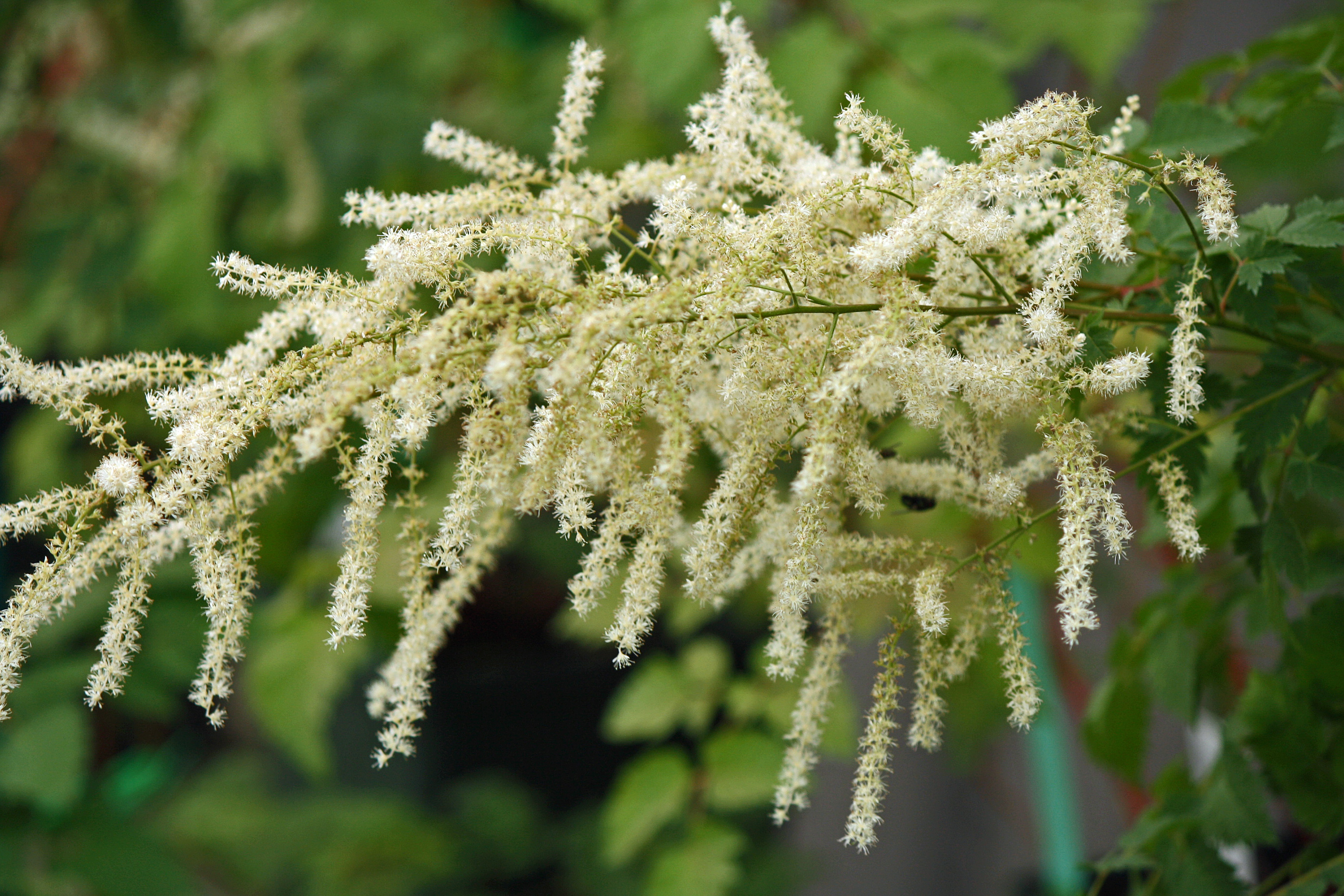
The 17th century herbalist, Nicholas Culpeper had this to say about Purple Goat’s Beard:-
“The virtues of this are the same as the other, only less pleasant, therefore more bitter, astringent, detersive and medicinal. This, however, may be eaten in great quantities, and so will be useful in chronic complaints. The roots are particularly specific in obstructions of the gall and the jaundice; the best way to use them is stewed like chardoons (cardoons).”
To cook them you first need to clean the roots under cold running water and peel them, putting the pieces of salsify in cold water with a squeeze of fresh lemon juice in it. You should cut them into short pieces and put them in boiling water and simmer them for about 30 minutes or until they are tender. Then drain the pieces of salsify and sauté them in a little butter.
You can also then put them in a béchamel sauce and top with cheese to brown in a moderate oven. In Greece they are sometimes served in avgolemno sauce (egg and lemon sauce) and are also served cold with carrots and peas in a vinaigrette dressing. It is low in calories but contains lots of dietary fibre, vitamins B2 riboflavin, and B6, folate and the minerals potassium, magnesium, iron and calcium.
At first sight Yellow Goat’s Beard looks rather like a dandelion and it has a clock of seeds like dandelions do too, which gives rise to another country name for the plant, Shepherd’s Clock. It is also called Meadow salsify as it is closely related to the Purple Goat’s Beard which gives us the salsify root. It is a member of the daisy family of Asteraceae or Compositae plants and is indigenous to Europe, including Britain, as well as Iran and Siberia and is naturalized in the US. It can grow to heights of between one and two feet, and has golden yellow flowers which bloom in June and July. It is notable in that the flowers open at dawn and close around noon, unless it is cloudy. This has given rise to the names “(Jack) go-to-bed-at-noon” as described by the 16th century English herbalist, John Gerard, and “Noon flower.”
The juice of the plant has been used for stomach upsets, and is said to be beneficial to the liver and gallbladder. The roots can be eaten like parsnips although the roots of the salsify plant are better. The young leaves and shoots can be used as pot-herbs to flavour soups and stews, and the young stalks including the flower buds before they open may be cooked like asparagus, and are said to have a similar taste.
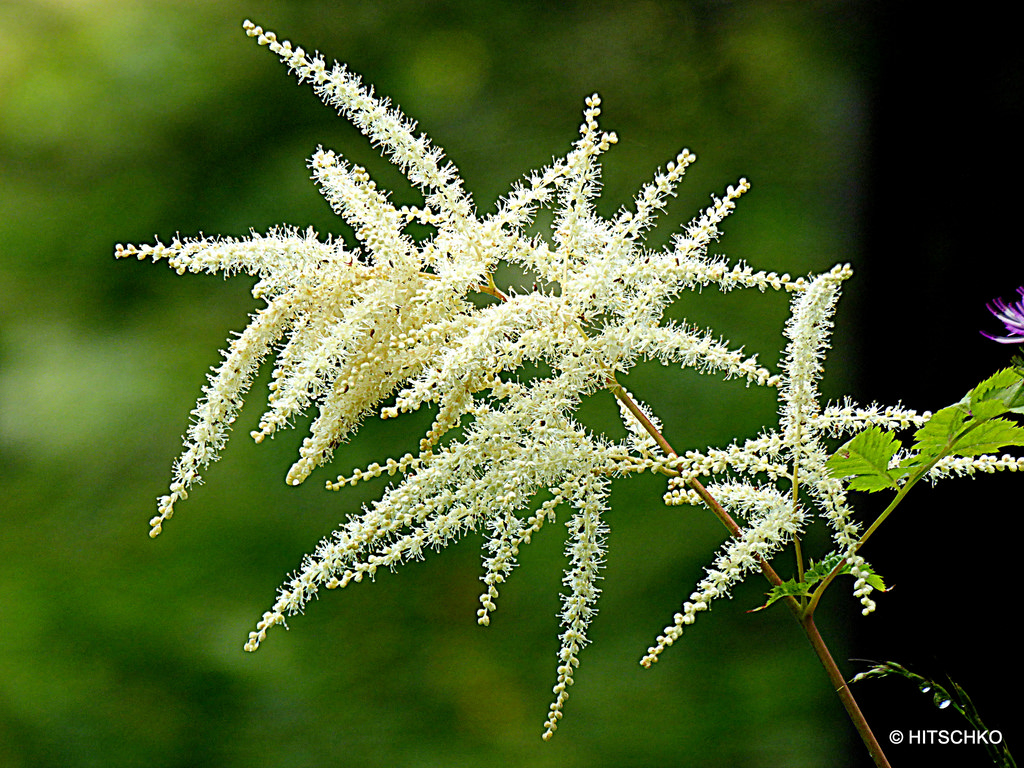
The roots can be dug up in autumn and kept in sand, as you would keep chicory roots. The high inulin content of the roots means that these roots are good for diabetics, and they are used as detoxifiers in traditional medicine. However the younger the root, the better it tastes. The yellow petals can be steeped in boiling water and left for 20 minutes or so and then the liquid should be strained and left to cool. The water can be used to lighten freckles and as a cleanser.
The Physicians of Myddfai found uses for this plant, and this one was for pneumonia. “Let (the patient) take, for three successive days, of the following herbs; hemlock, agrimony, herb Robert, and asarabacca, then let him undergo a three day’s course of aperients. When the disease is thus removed from the bronchial tubes, an emetic should be given him (daily) to the end of nine days.
Afterwards let a medicine be prepared, by digesting the following herbs in wheat ale or red wine: madder, sharp dock, anise, agrimony, daisy, round birthwort, meadow sweet, yellow goat’s beard, heath, water avens, woodruff, crake berry, the corn cockle, caraway, and such other herbs as will seem good to the physician. Thus is the blessed confection prepared.”
This was a prescription of theirs for fevers: first of all they suggested taking “The mugwort, madder, meadow sweet, milfoil, hemp, red cabbage, and the tutsan, all these seven herbs enter into the composition of the medicine required. Any of the following herbs may be added thereto, butcher’s broom, agrimony, tutsan, dwarf elder, amphibious persicaria, centaury, round birth wort, field scabious, pepper mint, daisy, knap weed, roots of the red nettle, crake berry, St. John’s wort, privet, wood betony, the roots of the yellow goat’s beard, heath, water avens, woodruff, leaves of the earth nut, agrimony, wormwood, the bastard balm, small burdock, and the orpine.”
Culpeper used this plant in medicine too and wrote of it:-
“A large double handful of the entire plant, roots, flowers and all bruised and boiled and then strained with a little sweet oil, is an excellent clyster in most desperate cases of strangury or suppression of urine. A decoction of the roots is very good for the heartburn, loss of appetite, disorders of the breast and liver, expels sand and gravel, and even small stone. The roots dressed like parsnips with butter are good for cold, watery stomachs, boiled or cold, or eaten as a raw salad; they are grateful to the stomach strengthen the lean and consumptive, or the weak after long sickness. The distilled water gives relief to pleurisy, stitches or pains in the side.” However the plant has fallen out of use both for its edible and medicinal qualities.
Black Salsify Root
Black or Spanish salsify (Scorzonera hispanica) is actually not a member of the salsify genus (‘Tragopogon’) of plants; however, it is a closely related. Black salsify, also known as Scorzonera root, is a cool season crop grown primarily for its long root which is blackish brown on the outside and creamy white inside. Black salsify is a nutritious winter vegetable which will keep fresh all winter if the harvested roots are stored in a cool, dark place.
Health Benefits of Black Salsify Root
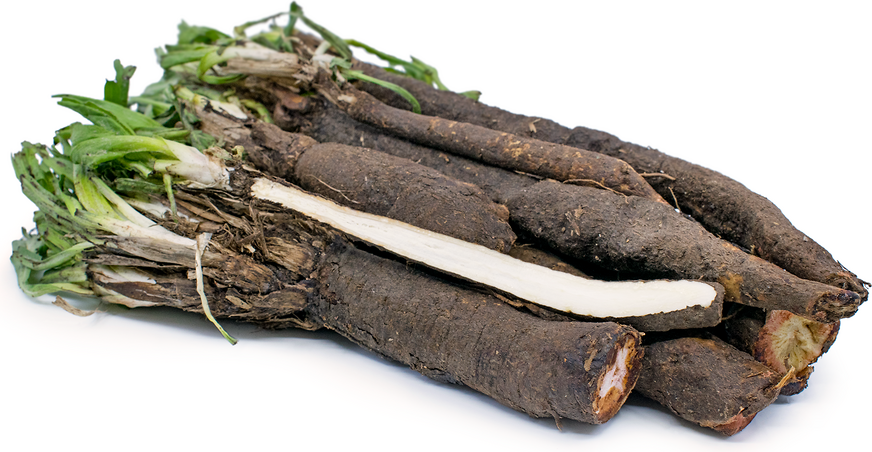
Black salsify hosts an abundance of hair health boosting nutrients such as iron and copper. A 100-gram portion of uncooked black salsify provides almost a fifth of the daily value for iron. Iron helps keep hair follicles healthy by carrying oxygen to the scalp. Research indicates that low levels of iron are one of the most common causes of hair loss in pre-menopausal women.
Also copper is known to combat hair loss and stimulate hair growth. Furthermore, it is thought to strengthen hair, intensify hair color and prevent premature graying of hair. A 100-gram serving of black salsify provides 6% of the daily value for copper (or even more, according to some estimates).
In addition to iron and copper, black salsify delivers vitamin C which is needed for the synthesis of collagen. Collagen helps keep hair healthy by promoting healthy blood vessels in the scalp and by strengthening hair follicles. Additionally, vitamin C enhances the absorption of iron from foods.
Black salsify is one of the best dietary sources of inulin. Inulin is a type of prebiotic fiber that offers a number of health benefits, most of which have been attributed to the ability of inulin to boost the growth of bifidobacteria in the human body. Bifidobacteria are anaerobic, rod-shaped bacteria that live in the large intestines of most mammals, including humans. They are beneficial to human health as they can reduce the concentrations of harmful bacteria and carcinogenic enzymes in the intestines, cure constipation and have a positive effect on the immune system.
Black salsify is a good source of thiamin: a 100-gram portion (3.5 ounces) of raw black salsify delivers 0.12 milligrams of thiamin, which corresponds to 9% of the daily value for this important micronutrient. Thiamin, sometimes spelled thiamine, plays an important role in the human body. Without thiamin, your nervous system and muscles could not work optimally.
Thiamin is also involved in carbohydrate metabolism as well as in the production of hydrochloric acid in the stomach. Hydrochloric acid converts pepsinogen to pepsin, an enzyme that breaks down proteins into smaller units called peptides, which can then be absorbed from the intestine into the bloodstream. In addition to promoting protein metabolism, sufficient levels of hydrochloric acid help keep bacterial growth in the stomach in check.
The level of hydrochloric acid in the stomach decreases as we age, and therefore especially older people might want to step up their intake of black salsify and other vegetables that stimulate the production of hydrochloric acid.

Black salsify provides as much potassium as bananas which are famous for their high potassium content. Often overlooked, the macromineral potassium is necessary for a properly functioning muscles, including the heart muscle. Furthermore, a diet that is rich in black salsify and other potassium-containing foods can help keep your bones strong and even reduce your risk of osteoporosis. Potassium-rich foods such as black salsify are thought to be particularly important for people who eat a lot of salty food.
If all of the above-described health benefits of black salsify are not enough to convince you to eat more of this healthy root vegetable, here are a few more facts to consider: Black salsify is mostly made of water, and consequently, it is low in calories. A 100-gram serving of uncooked scorzonera provides only about 73 calories. Black salsify also contains nutrients like folate and magnesium.
Videos
https://youtube.com/watch?v=-LxskVTxfD8
Disclaimer
The Content is not intended to be a substitute for professional medical advice, diagnosis, or treatment. Always seek the advice of your physician or other qualified health provider with any questions you may have regarding a medical condition.